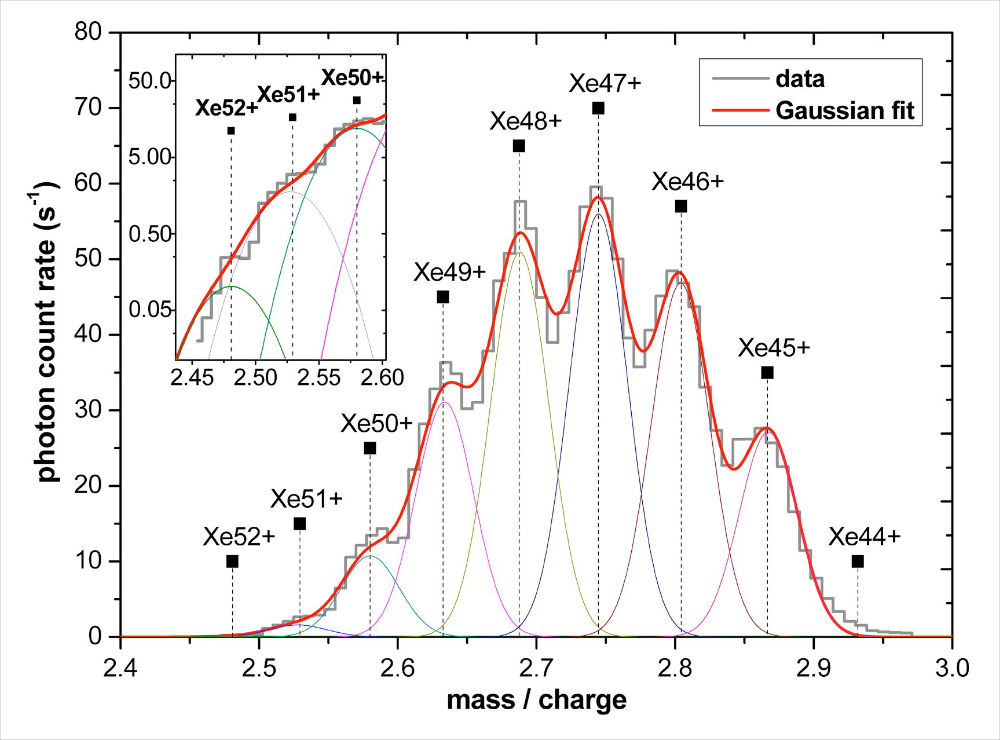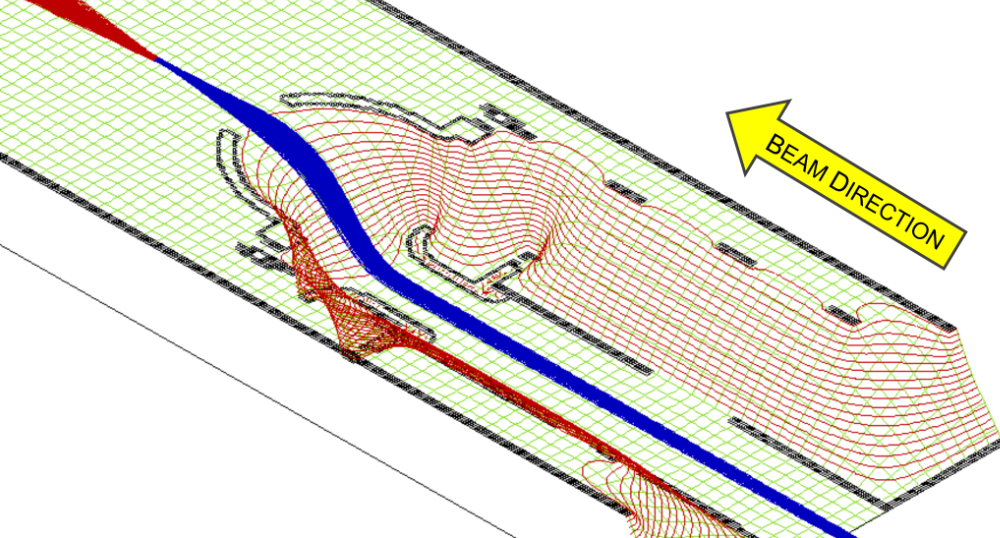Deceleration Beamline
This page describes a previous research project. Read about our current work here.
As an Erasmus student, Stuart helped simulate and construct a particle decelerator. This was a deceleration beamline for highly charged ions, as part of the Heidelberg Electron Beam Ion Trap (EBIT), at the Max-Planck-Institut für Kernphysik, Germany. He worked under the supervision of Apl. Prof. Dr. José Crespo López-Urrutia.
Understanding the origin of x-ray emission from comets

The solar wind is a stream of highly charged ions flowing across the solar system, originating from the sun's corona. After x-ray emission was observed from the Comet Hyakutake in 1996, it was thought that the interaction between the solar wind and neutral atoms in the comet coma might be the origin of the x-ray emission.
Stuart worked with Dr Rainer Ginzel and collegues to construct a beamline for the Heidelberg EBIT that would recreate the equivalent solar wind conditions in the lab.
They were successfully able to identify argon K-α and higher-order transistions, as well as the decay of metastable Ar16+. Lower hardness ratios were observed in our results than by other similar experiments, as a result of lower background counts achieved using coincidence spectroscopy. We were also able to nanostructure a polymer surface using individual highly charged xenon ions (Xe48+).1
Read about the construction of the deceleration beamline
Simulating the properties of beamline lenses

Alongside the construction of the beamline, Stuart also simulated the electrostatic properties of the deceleration lens in order to determine and optimise real-world operating parameters.
This work helped them to understand how to specify the power supply and control systems for the beamline, ahead of commissioning.
Read Stuart's MSci thesis detailing this work
-
Reproduced with permission from Elsevier: Ginzel R, Higgins SG, Mrowcynskia P, Northway P, Simon MC, Tawaraa H, Crespo López-Urrutia JR, Ullrich J, Kowarik G, Ritter R, Meiss W, Vasko C, Gösselberger C, El-Said AS, Aumayr F, A Deceleration System at the Heidelberg EBIT Providing Very Slow Highly Charged Ions for Surface Nanostructuring, 2010, Nuclear Instruments and Methods in Physics Research Section B: Beam Interactions with Materials and Atoms. DOI: 10.1016/j.nimb.2010.05.020. ↩